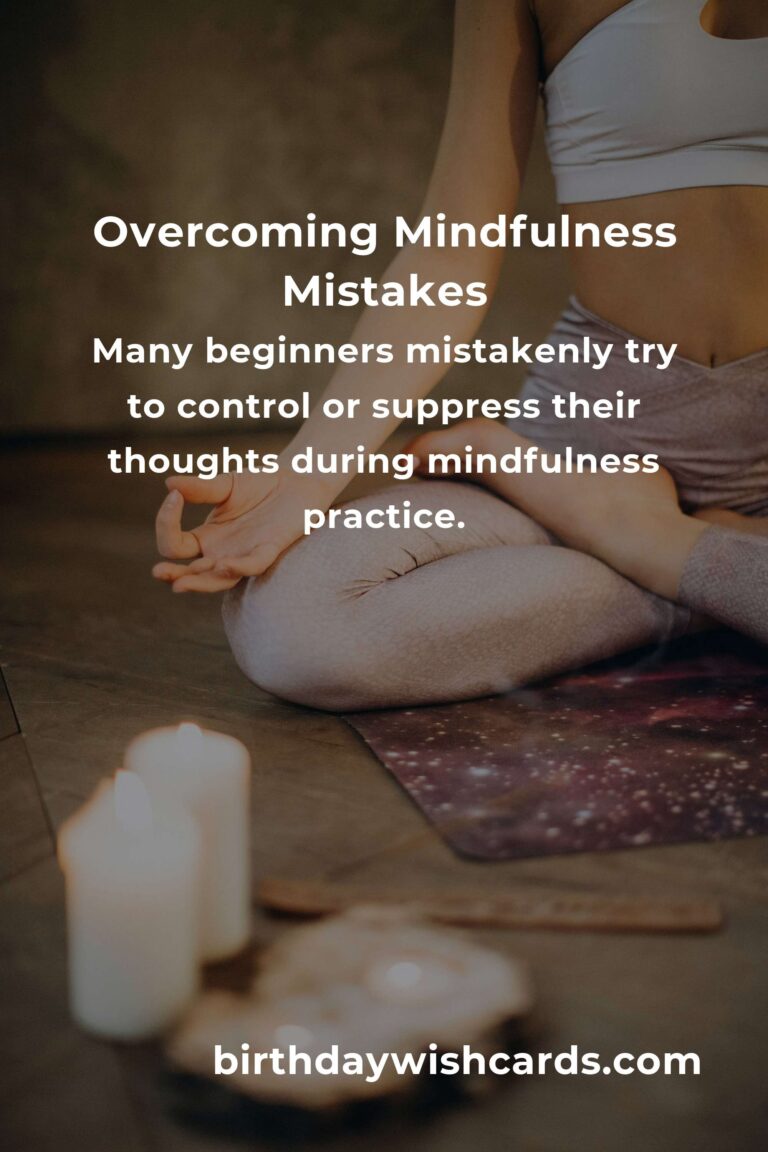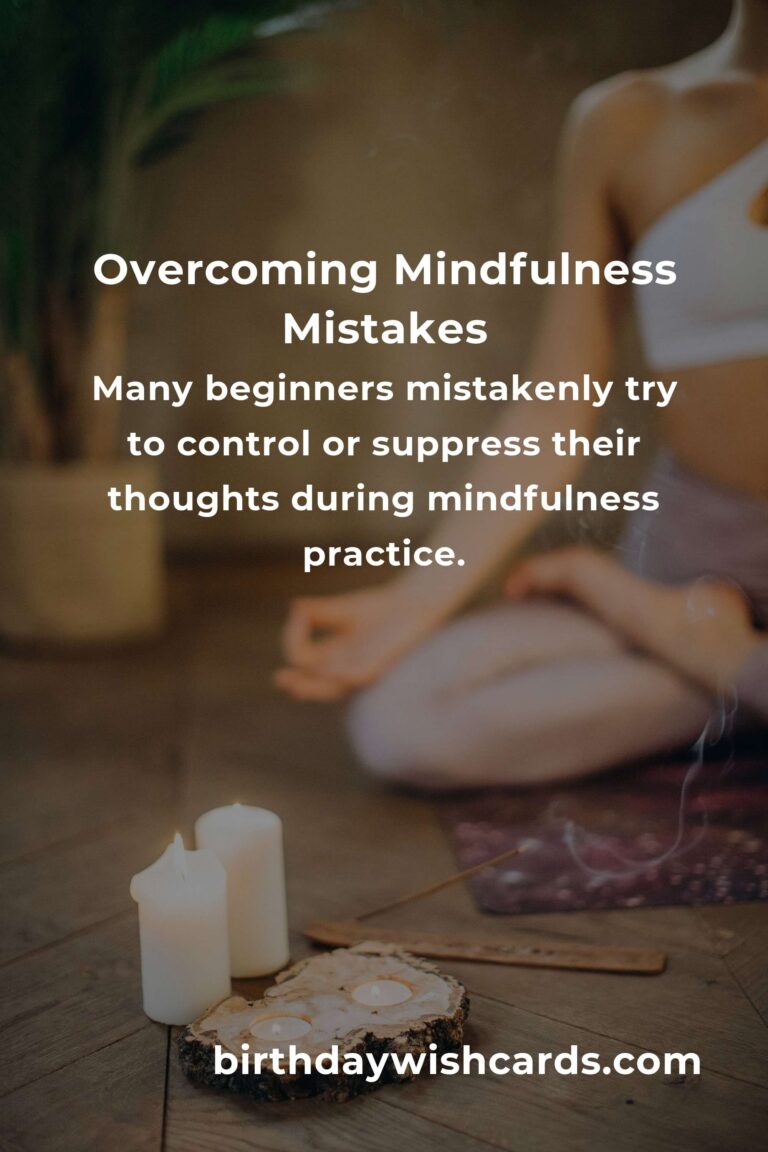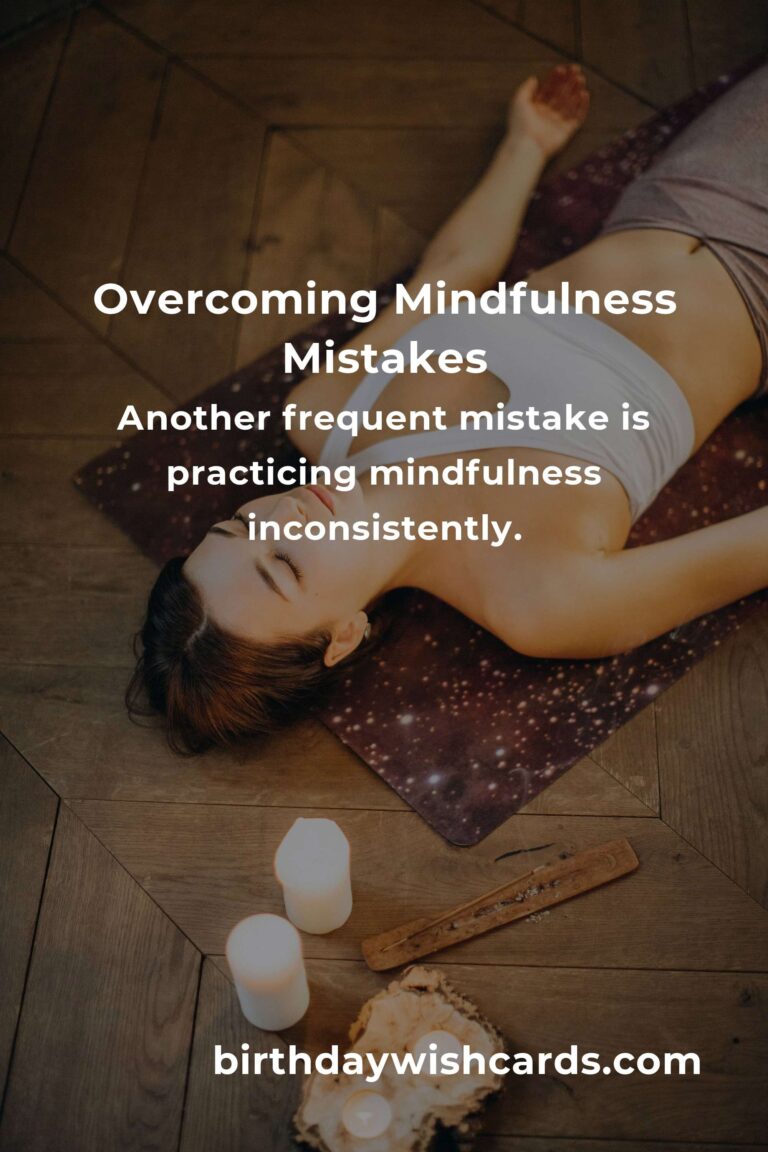
Mindfulness is a powerful practice that can significantly improve your mental well-being and overall quality of life. However, as with any practice, there are common mistakes that many individuals make, which can hinder their progress and reduce the effectiveness of their mindfulness journey. In this article, we will explore some of these common pitfalls and provide insights on how to avoid them to ensure a more fulfilling mindfulness experience.
Understanding Mindfulness
Before diving into the mistakes, it’s essential to understand what mindfulness truly is. Mindfulness involves being present in the moment, fully engaged with what you’re doing, and free of distraction or judgment. It is a state of active, open attention to the present, where you observe your thoughts and feelings without labeling them as good or bad.
Mistake #1: Expecting Immediate Results
One of the most common mistakes in mindfulness is expecting immediate results. Many people begin practicing mindfulness with the hope that they will quickly feel more relaxed or less stressed. However, mindfulness is not a quick fix; it is a lifelong journey that requires patience and persistence.
How to Avoid: Set realistic expectations and understand that mindfulness is a gradual process. Celebrate small improvements and remain committed to your practice over the long term.
Mistake #2: Practicing Inconsistently
Another frequent mistake is practicing mindfulness inconsistently. Like any skill, mindfulness requires regular practice to develop and maintain. Sporadic practice makes it difficult to experience the full benefits of mindfulness.
How to Avoid: Establish a regular schedule for your mindfulness practice. Even a few minutes each day can make a significant difference. Consider incorporating mindfulness into your daily routine, such as during morning or evening rituals.
Mistake #3: Trying Too Hard to Control Thoughts
Many beginners mistakenly try to control or suppress their thoughts during mindfulness practice, which can lead to frustration and stress. Mindfulness is not about emptying your mind but rather observing your thoughts without attachment.
How to Avoid: Allow your thoughts to come and go naturally. Instead of resisting them, acknowledge their presence and gently redirect your focus back to your breath or the present moment.
Mistake #4: Ignoring Physical Discomfort
Some people ignore physical discomfort or pain during mindfulness practice, thinking they should push through it. However, ignoring your body’s signals can lead to injury or discomfort, which is counterproductive to mindfulness.
How to Avoid: Pay attention to your body’s signals and make adjustments as needed. If sitting in a particular position is uncomfortable, try different postures or use props for support.
Mistake #5: Judging Your Practice
Judging your mindfulness practice can undermine your progress. It’s common to compare yourself to others or feel inadequate if you think you’re not practicing correctly.
How to Avoid: Practice self-compassion and remind yourself that mindfulness is a personal journey. Focus on your progress rather than perfection, and be kind to yourself as you learn and grow.
Conclusion
Mindfulness is a rewarding practice that can enhance your life in many ways. By being aware of these common mistakes and taking steps to avoid them, you can cultivate a more effective and fulfilling mindfulness practice. Remember, mindfulness is a journey, not a destination, and with patience and dedication, you can reap its many benefits.
Mindfulness involves being present in the moment, fully engaged with what you’re doing, and free of distraction or judgment. One of the most common mistakes in mindfulness is expecting immediate results. Another frequent mistake is practicing mindfulness inconsistently. Many beginners mistakenly try to control or suppress their thoughts during mindfulness practice. Judging your mindfulness practice can undermine your progress.
#Mindfulness #Wellbeing #Meditation #MindfulnessPractice #MentalHealth













